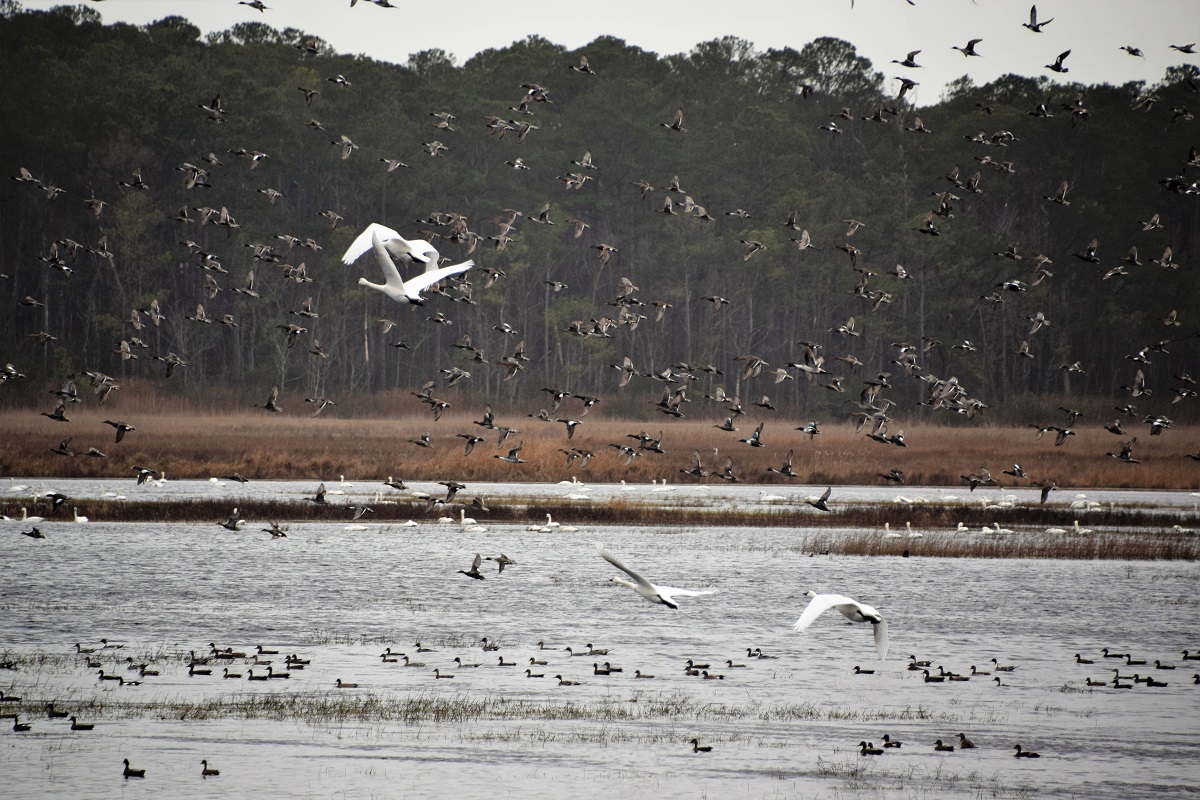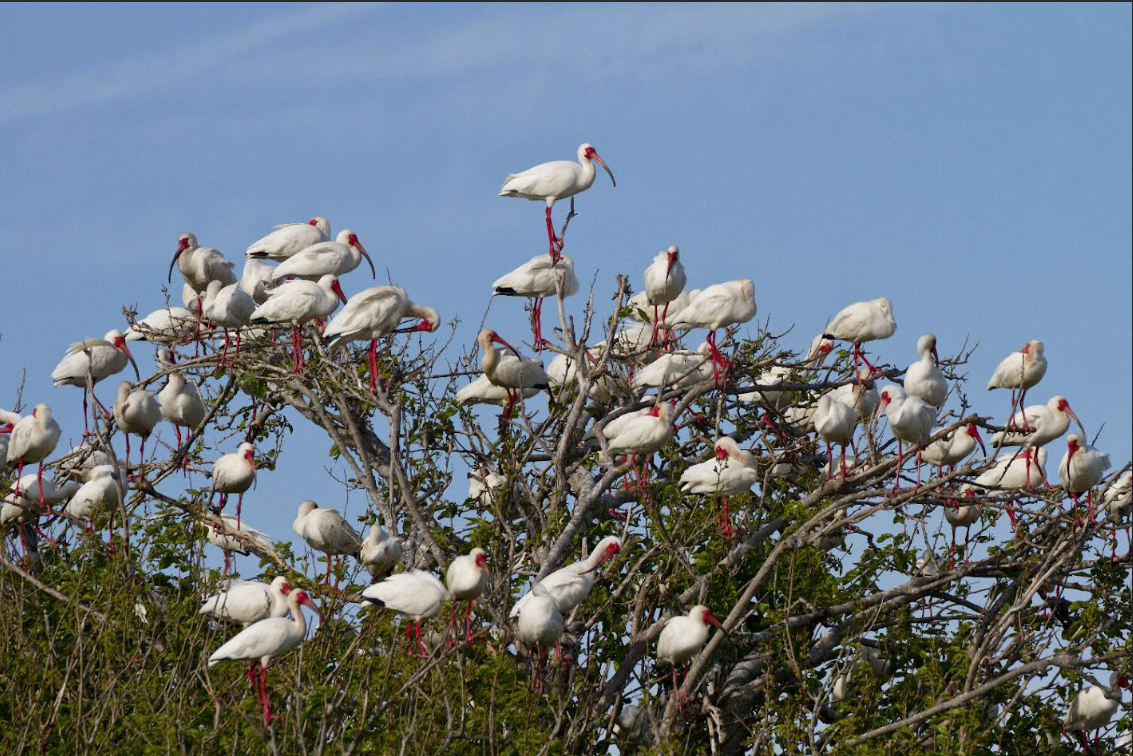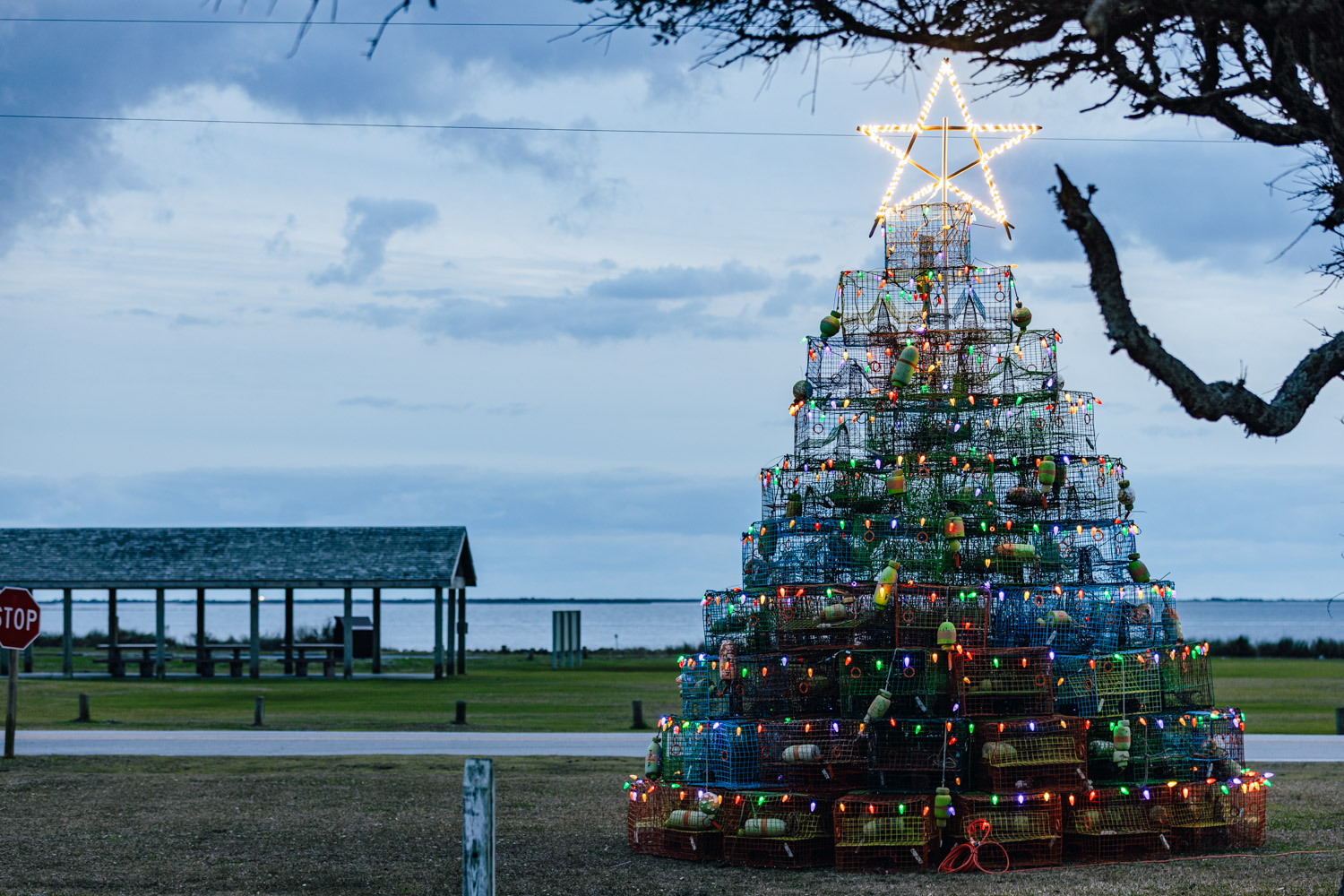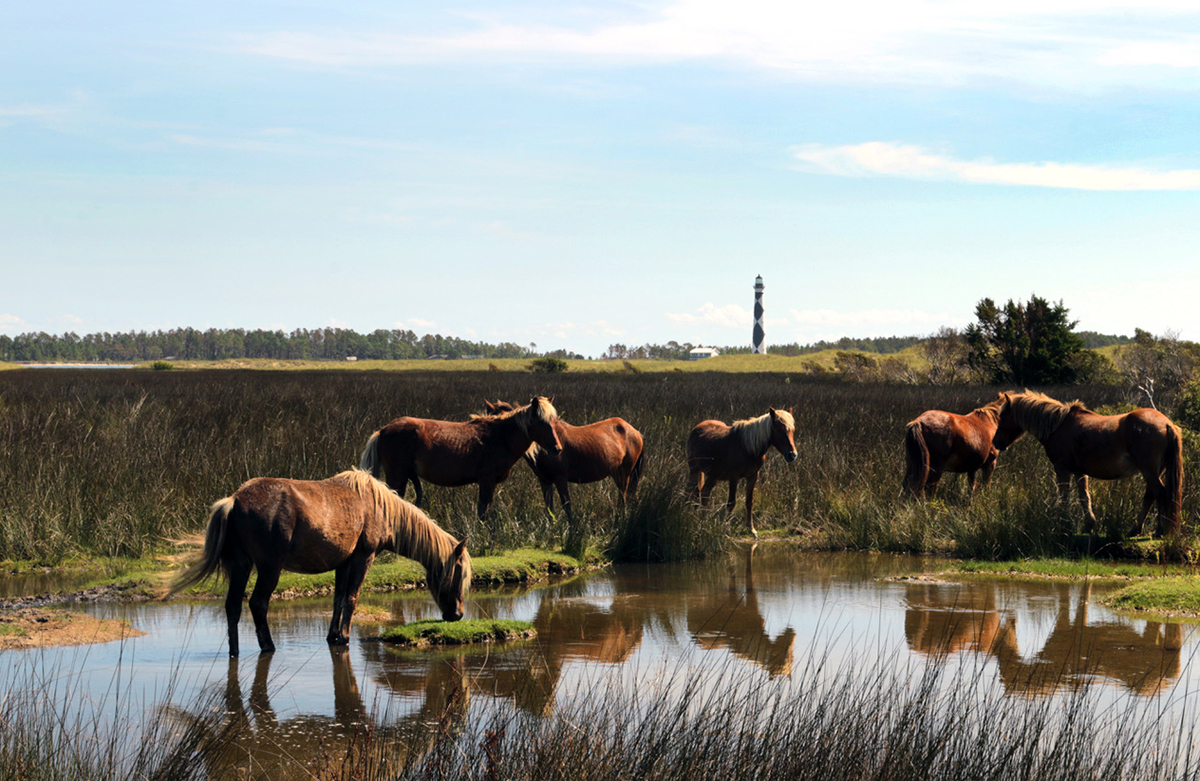
RALEIGH — A federal court decision issued Wednesday blocks the U.S. Fish and Wildlife Service from using a potentially harmful algaecide at Mattamuskeet National Wildlife Refuge, a compound that environmental groups argued would endanger the waterfowl the refuge is supposed to protect.
Refuge officials had issued a notification in 2023 that it planned to do a trial application of chemical pellets within the next two years to test their effects on persistent blooms of blue-green algae on the 40,000-acre Lake Mattamuskeet, the state’s largest natural freshwater lake.
Supporter Spotlight
But environmental groups were concerned that the product, according to its label, could be toxic to birds.
In response, the Southern Environmental Law Center in Chapel Hill, on behalf of Defenders of Wildlife and the Sierra Club, filed a lawsuit, asking for a preliminary injunction to stop the refuge’s plan. The agency agreed during a subsequent court hearing to suspend its plan until April 2025, and a final hearing was held in May.
Wednesday’s order by U.S. District Judge Terrence Boyle for the Eastern District of North Carolina Eastern Division can be appealed within 60 days, Ramona McGee, senior attorney and leader of the Wildlife Program at the Law Center, told Coastal Review Wednesday.
“The Service is currently evaluating the court’s order,” a U.S. Department of Interior spokesperson said in an email sent Wednesday afternoon, responding to a request from Coastal Review for comment on the decision.
The email also addressed a question about the number of staff at the refuge.
Supporter Spotlight
“Lake Mattamuskeet National Wildlife Refuge is part of the Coastal North Carolina National Wildlife Refuges Complex, which includes refuges from Cedar Island to Currituck. As such, Lake Mattamuskeet’s management is through a complex approach — with staff throughout the complex assisting and leading activities.”
As McGee explained, the Southern Environmental Law Center argued successfully that the Fish and Wildlife Service had violated the National Environmental Policy Act by failing to evaluate and disclose the potential impacts of the algaecide.
“This experiment was merely a distraction,” McGee said in an interview. “It was never designed to address those root causes of the lake’s water quality problems. Instead, this was a project that was explicitly experimental and alarmingly, was using a product that can kill and harm birds.”
The refuge had proposed to use Lake Guard Oxy, a sodium percarbonate-based algaecide used by Pittsburgh-based contractor BlueGreen Water Technologies, on about 600 acres of several isolated areas around the perimeter of Lake Mattamuskeet.
In recent years, the lake has been plagued during warm months with algal blooms that have become populated with cyanobacteria, which can be harmful to people and animals.
The proposed treatment, according to the agency, was intended to reduce the toxic algae enough to allow the beneficial phytoplankton to be reestablished. In the process, the refuge said, it could help restore water clarity in the lake.
In 2001, the North Carolina General Assembly provided $5 million toward the pilot study.
Refuge officials also said that, once dissolved, the pellets were safe for birds. Steps would be taken, the officials added, to prevent their exposure to undissolved pellets.
But rather than a singular problem, the algae is a symptom of an unhealthy ecosystem in the lake that has excessive nutrient levels and near complete loss of submerged aquatic vegetation, the environmental groups said.
Situated in the center of rural mainland Hyde County, the lake, which is 6 miles wide, 18 miles long and an average of 2 feet deep, has suffered severe water quality degradation over recent decades. The refuge totals about 50,000 acres and still attracts thousands of wintering tundra swan and other migratory waterbirds, as well as numerous species of resident duck.
In 2016, the North Carolina Department of Environmental Quality’s Division of Water Resources listed the lake as having impaired waters, based on high alkalinity and levels of chlorophyll-a, both indicators for cyanobacterial harmful algal blooms that produce cyanotoxins.
An effort led by the North Carolina Coastal Federation, which publishes Coastal Review, created a collective and holistic approach to restoring the lake, with the Lake Mattamuskeet Watershed Restoration Plan being released in 2018. In the years since, the strategies in plan, which include drainage improvements and restoration of the submerged grasses, have been implemented as time, funding and staffing have allowed.
“We hope that the Fish and Wildlife Service refocuses on the long-term solutions that will address the root causes of Lake Mattamuskeet’s water quality problems” McGee said.
Considering anecdotal reports about staff cuts at wildlife refuges — none have been confirmed by the U.S. Fish and Wildlife Service — McGee said it makes the court decision even more timely in its benefit to the birds. As part of its proposal to do the pilot treatment, the refuge had promised that staff would shoo, or haze, the birds away from any undissolved pellets that could harm them.
“I think it would have been very concerning for the Fish and Wildlife Service to proceed with a risky experiment like this when it did not have adequate staff to monitor and manage the project,” she said.







